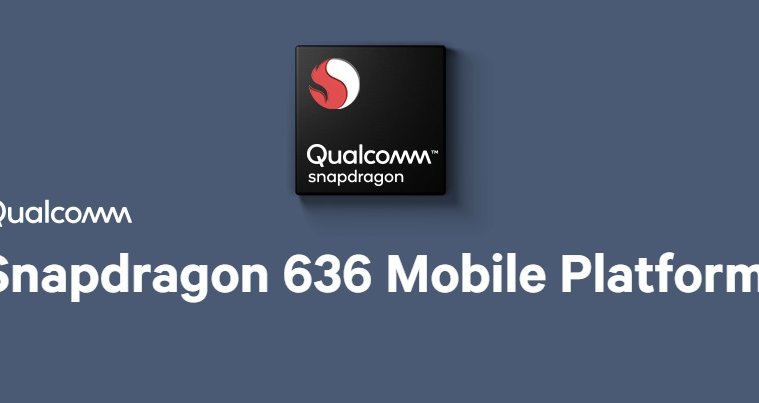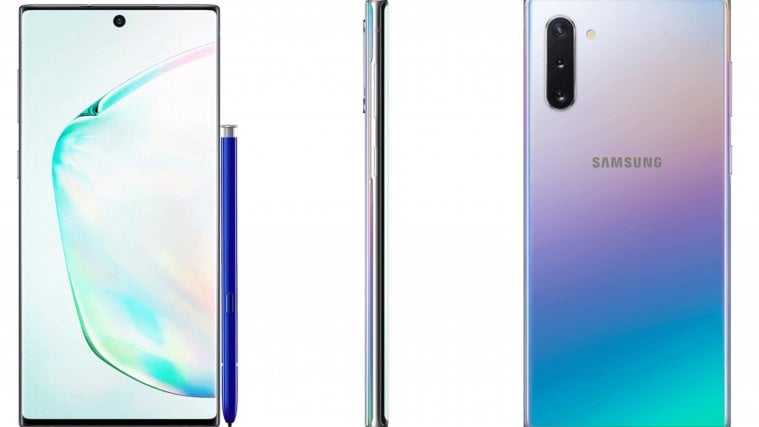Qualcomm Snapdragon 636 is the latest powerful midrange chipset on the market and so far, it already features in Xiaomi Redmi Note 5 Pro and Asus ZenFone 5. It comes in as an upgrade to the Snapdragon 630, which succeeded the still popular Snapdragon 625.
With every new chipset, something new comes up, be it support for 18:9 display screens, dual-lens cameras or faster LTE speeds, but also, these chipsets get stronger and more powerful in just about every aspect, especially when compared to their immediate predecessors.
Many smart buyers across the globe usually purchase flagship phones a few months or even a year after they are launched. This always means they end up paying way less than the initial asking price due to discounts and permanent price reductions. For instance, now that the Galaxy S9 is here, the Galaxy S8 or even the S7 are available on the cheap, with the latter currently going for as little as $400 or even much lower depending on how deep you are willing to dig.
Also Read: Qualcomm Snapdragon 670: Everything you need to know
Although a year or two off the pace, these devices are flagship phones and usually offer the best performance. But why buy a two or even three-year-old flagship phone when today’s midrange phones have equally powerful chipsets like the Snapdragon 636?
As premium phones become more expensive, midrange handsets get even better in terms of raw power, designs, features and prices.
For a long time, the midrange smartphone segment had been dominated by devices with below par specs and features, but over the recent past, things have taken a turn. As premium phones become more expensive, midrange handsets get even better in terms of raw power, designs, features and prices. With folks aiming to grab any of 2018’s flagship Android phones rightly excited about the prospects presented by the Snapdragon 845, those who can’t afford the hefty price tags usually slammed on these devices have somewhere to run for cover.

In the debuting Snapdragon 636, you have a powerful midrange chipset that should easily brush aside most flagship chipsets from the recent past when it comes to overall performance. While we are well aware that benchmarks are no way to justify a device’s real-world performance, they do give us an idea of what to expect.
In this table, we have randomly picked the most recent best benchmark scores for a number of flagship phones from the recent past in comparison to the Redmi Note 5 Pro in order to give you a better picture. Note that this is the most basic comparison yet and thus it ignores the software aspect of the phones, but obviously this usually has a significant impact on the overall scores.
Related: Xiaomi Redmi Note 5 Pro vs Moto G6 and G6 Plus
Just so you know, however, all devices in question have either Android Nougat or Oreo and apart from the Redmi Note 5 Pro that is powered by a midrange SDM636, the rest have either a Snapdragon 820 or 821, both 2016 flagship chipsets, running the show.
| Category | Single-core score | Multi-core score |
| Xiaomi Redmi Note 5 Pro (4GB) | 1333 | 4936 |
| Samsung Galaxy S7 (4GB) | 1758 | 3956 |
| Samsung Galaxy S7 Edge (4GB) | 1799 | 4177 |
| OnePlus 3 (6GB) | 1855 | 4410 |
| OnePlus 3T (6GB) | 1760 | 4817 |
| Google Pixel (4GB) | 1626 | 4275 |
| Google Pixel XL (4GB) | 1772 | 4333 |
| LG G5 (4GB) | 1685 | 3977 |
| LG V20 (4GB) | 1672 | 4064 |
| Lenovo ZUK Z2 (4GB) | 1816 | 4413 |
| Moto Z (4GB) | 1736 | 4348 |
| Xiaomi Mi 5 (4GB) | 1684 | 4143 |
| Sony Xperia XZ (3GB) | 1792 | 4373 |
Looking at the performance scores managed by Xiaomi Redmi Note 5 Pro on Geekbench compared to a slew of other devices powered by old flagship chipsets from Qualcomm, you might want to grab the Note 5 Pro instead of going for the likes of Samsung Galaxy S7, S7 Edge, LG V20, Moto Z, OnePlus 3 and 3T, Lenovo ZUK Z2 or even the OG Google Pixel.

Being flagship phones, the single-core performance on the Snapdragon 820/821 is mostly better than the Snapdragon 636. However, the latter edges the former in multi-core performance. Given that most tasks on Android make use of the single cores, you might still realize better day-to-day performance on the Galaxy S7 Edge, for instance, compared to the Note 5 Pro or Asus ZenFone 5. However, when heavy tasks come in, the Snapdragon 636 might just be the better option here.
Also Read: Best 9 Galaxy S9 and S9+ hidden features
It’s worth noting that both Snapdragon 636 and Snapdragon 820 are products of the same 14nm FinFET process, which is pretty much the reason you are getting equally impressive performance from the pair.






ex flagship (1-2 years..even 3) will still prevail in many many many many aspect. such as material (body, amoled/lcd with higher ppi, frame, board, much faster ufs storage, IP rating etc… usually have higher grade), built quality, additional circuitry (eg. better dac/amp section), fast charge charger, package and accessories, sensors and more.
this redminote and asus midranger or any sub $200 wont de-throne the 2 year old mi5… let alone lg v20 or galaxy S7 edge. and this didnt even compare the gpu. strictly comparing only the chipset, sd820 vs sd636 benchmark score should be almost equal indeed, but ex flagship not to be taken lightly
their are other things that differentiate flagship vs mid range phones e.g. the storage used by flagships are UFS2.1 vs eMMC 5.1 for mid range which is comparable to using SSD in phone vs using a normal memory card on steroids UFS uses dedicated read / write bus vs single bus for reading or writing but not both in parallel in eMMC, this makes a huge difference in response time. Even the cameras of flagships have higher pixel size thus increasing the low light resolution to a great extent. Then comes the graphics processor e.g. 2 year old snapdragon 820 uses Areno 520 as compared to Adreno 509 of the recently launched snapdragon 636. Thus the overall package of a 2 year old flagship is still way better than the mid range phones. That said even today’s mid range processors are more than capable than what a common user will need f.